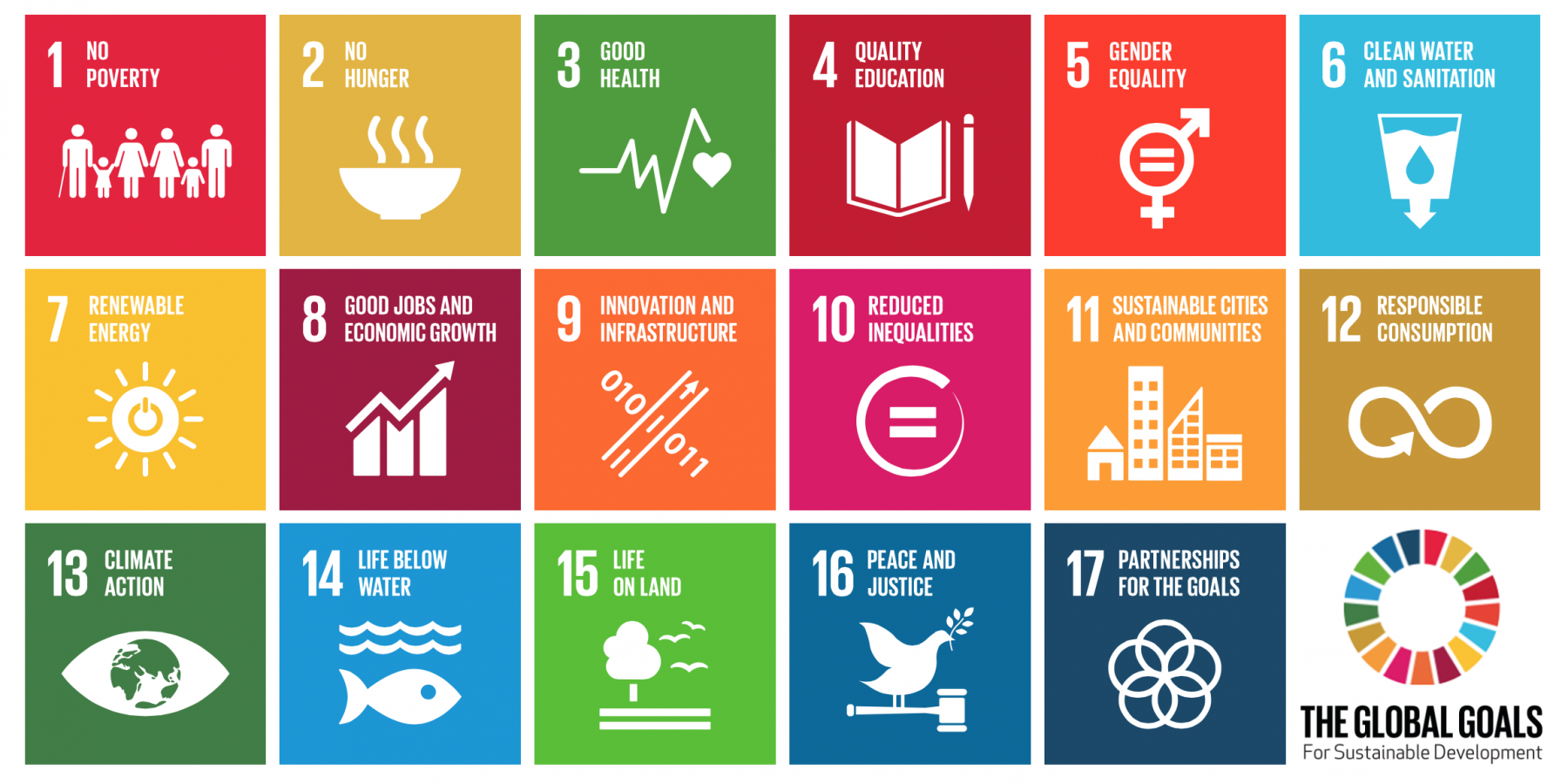2030 Agenda: Follow-up and review
29th March 2016

29th March 2016
In September 2015 the United Nations General Assembly adopted the 2030 Agenda, a plan of action for people, planet and prosperity. Officially titled Transforming our World: The 2030 Agenda for Sustainable Development, the commitment offers much promise in terms of improving the health of all people around the world.
The SDGs global follow-up and review process is meant to strengthen national implementation by providing ministers and other development actors a forum to determine global progress, exchange ideas, and learn lessons from one another.
A main goal will be connecting what is happening at the local and national levels to the annual global-level reviews at the UN in New York. Outstanding questions relate to the role of analysis and data from outside sources such as research institutions and civil society.
Since the release of the Secretary-General’s report on follow up and review, MS and other observers are working to ensure that the High-Level Political Forum (HLPF) is an effective and engaging forum that will attract Ministers on an annual basis, where they can share lessons on what is working as well as challenges faced.
The HLPF will meet at a high-level every four years, starting in 2019, in order to review and drive progress. Many have called for a coherent approach to SDG review, noting that various parts of the UN system should take a coordinated approach. Member states will also need to strike the right balance in structuring the annual themes of the review, so that they can give each SDG goal area sufficient focus, without reverting back into siloed thinking about individual goals. On 3 March, the PGA appointed Ambassador Lois Young of Belize and Ambassador Ib Petersen of Denmark to co-facilitate negotiations.
On 17 March, the co-facilitators introduced a proposed roadmap:
29 March: informal brainstorming meeting for MS at the expert level
31 March: informal consultations with MS
1 April: informal consultations with stakeholders
Week of 25 April: 2nd session of informal consultations with MS and stakeholders
Early May: issuance of a zero draft of the resolution
May: negotiations on draft resolution
On 11 March, the UN Statistical Commission (UNSC) agreed the indicators for the SDGs as a practical starting point for tracking progress on the SDGs, and acknowledged they are subject to future technical refinement.These caveats reflect recognition by MS that more time is required to refine several of the indicators. However, tensions remain between the need for technical refinement and the risk of 'reopening' the whole package and potentially losing ground on some hard-fought indicators.
Some experts in the global health community have expressed concerns over the revised Universal Health Coverage (UHC) indicator (3.8.2), which is a significantly weaker formulation that no longer measures financial risk protection. The indicator measures percent of the population covered by some form of insurance or social protection scheme but gives no indication of the quality of that protection and whether it effectively protects from catastrophic expenditure.
Others are concerned over revised indicators for the Goal 5 on gender, which in some cases, are seen as less comprehensive in scope compared to the original versions. For example, the revised indicator for sexual and reproductive health (5.6.2) adds an age caveat to the indicator, limiting essential services to women and girls aged 15-49, which presents a missed opportunity to go beyond the status quo and measure those populations who have previously not been counted.
The Financing for Development Forum, to review progress on financing and means of implementation agreed in Addis Ababa last July, will take place in New York from 18 – 20 April. The Forum’s conclusions will feed into the follow-up and review of the 2030 Agenda through the HLPF.
The main input for the forum will be the IATF’s report, and Ambassadors from Croatia and Benin will serve as co-facilitators for negotiation of the outcome document. The tentative schedule is below. The roundtables will cover different segments of the FfD agenda (TBD) and civil society will have 3 seats at each.
18 April: Annual Special High-Level meeting with WB, WTO, IMF, UNCTAD followed by presentation of IATF Report
19 April: Civil Society Hearing
3 roundtables (2 speakers and 1 discussant per RT)
20 April: 3 roundtables + closing